Fixing a Clogged Fuel Filter: DIY Tips
Unclogging the Fuel Filter: A Streamlined Solution
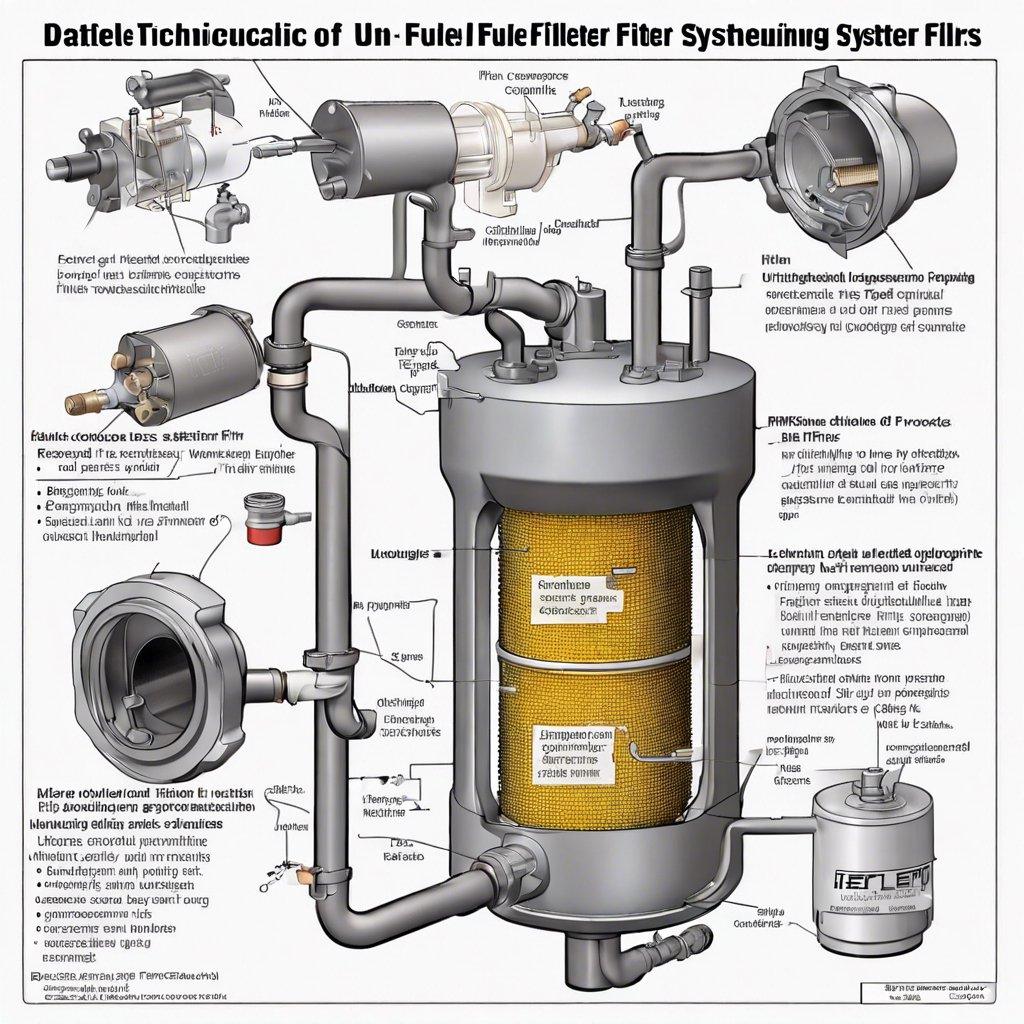
Understanding the Fuel Filter
The fuel filter plays a crucial role in maintaining the health of your vehicle’s engine. It is responsible for removing contaminants, such as dirt, rust, and other impurities, from the fuel before it reaches the engine. Over time, the fuel filter can become clogged, leading to various performance issues and decreased fuel efficiency.
Symptoms of a Clogged Fuel Filter
- Reduced engine power – A clogged fuel filter can restrict the flow of fuel, leading to a noticeable decrease in engine power and performance.
- Difficulty starting the engine – A clogged fuel filter can make it harder for the engine to start, especially in cold weather.
- Decreased fuel efficiency – A clogged filter forces the fuel pump to work harder, resulting in decreased fuel efficiency.
Unclogging the Fuel Filter: A Step-by-Step Guide
Unclogging a fuel filter is a straightforward process that can be performed by most DIY enthusiasts. Here’s a step-by-step guide to help you through the process:
| Step | Action |
|---|---|
| 1 | Locate the fuel filter – It is typically located near the fuel tank or along the fuel line. |
| 2 | Disconnect the fuel lines – Carefully disconnect the fuel lines from the filter, ensuring to have a fuel-absorbing cloth on hand to catch any spills. |
| 3 | Remove the fuel filter – Unscrew or disconnect the fuel filter from its mounting bracket. |
| 4 | Clean the fuel filter – Use a solvent-based cleaner to thoroughly clean the filter, removing any debris or contaminants. |
| 5 | Reinstall the fuel filter – Reconnect the fuel lines and secure the filter back in its mounting bracket. |
| 6 | Start the engine – Turn on the ignition and start the engine, checking for any fuel leaks. |
Preventive Maintenance
To avoid future clogging, it’s important to follow the manufacturer’s recommended maintenance schedule for fuel filter replacement. Regularly replacing the fuel filter can help ensure your vehicle’s engine continues to receive clean, unobstructed fuel, improving overall performance and fuel efficiency.
Reviving Your Ride: Efficient Fuel Filter Maintenance
Understanding the Importance of Fuel Filter Maintenance
The fuel filter plays a critical role in the performance and longevity of your vehicle’s engine. Its primary function is to remove impurities and contaminants from the fuel, ensuring a clean and efficient fuel supply to the engine. A clogged or malfunctioning fuel filter can lead to a range of issues, including reduced fuel efficiency, decreased engine power, and even engine failure in severe cases.
Identifying a Clogged Fuel Filter
There are several telltale signs that your fuel filter may be clogged or in need of replacement. These include:
- Decreased Fuel Economy: If you notice a sudden drop in your vehicle’s fuel efficiency, it could be an indication of a clogged fuel filter.
- Decreased Engine Power: A clogged fuel filter can restrict the flow of fuel, resulting in a noticeable loss of engine power and performance.
- Difficulty Starting the Engine: A clogged fuel filter can make it challenging to start your vehicle, especially on cold mornings.
DIY Fuel Filter Replacement
Replacing a clogged fuel filter is a straightforward task that can be easily performed by most vehicle owners. Here are the steps to follow:
- Locate the fuel filter, which is typically located near the fuel tank or along the fuel line.
- Disconnect the fuel lines from the filter, taking care to avoid spilling any fuel.
- Remove the old fuel filter and dispose of it properly.
- Install the new fuel filter, ensuring that the flow direction matches the arrow on the filter housing.
- Reconnect the fuel lines and secure the connections.
- Start the engine and check for any leaks, making adjustments as necessary.
Maintaining Optimal Fuel Filter Performance
To ensure your vehicle’s fuel filter continues to function at its best, consider the following maintenance tips:
| Maintenance Task | Recommended Frequency |
|---|---|
| Fuel Filter Replacement | Every 30,000-50,000 miles or as per the manufacturer’s recommendations |
| Fuel System Cleaning | Every 12-24 months, depending on driving conditions |
| Fuel Additive Usage | As needed, to help prevent fuel system issues |
By following these best practices, you can ensure your vehicle’s fuel system continues to operate at peak efficiency, prolonging the life of your engine and improving overall driving performance.
Fuel Flow Restored: Step-by-Step Guide to Clearing the Filter
A clogged fuel filter can cause a range of issues, including reduced engine performance, decreased fuel efficiency, and even stalling. Some common signs of a clogged fuel filter include:
- Reduced engine power or difficulty accelerating
- Frequent stalling or hesitation when starting the engine
- Decreased fuel economy
Preparing for the Filter Replacement
Before you begin, make sure you have the following items on hand:
- Replacement fuel filter (consult your owner’s manual for the correct size and type)
- Wrench or filter removal tool
- Drain pan to catch any spilled fuel
- Clean rags
Step-by-Step Guide to Clearing the Filter
Follow these steps to replace your clogged fuel filter:
- Locate the fuel filter, typically near the fuel tank or engine.
- Place the drain pan underneath the filter to catch any fuel spillage.
- Using the wrench or filter removal tool, carefully loosen and remove the old fuel filter.
- Compare the new filter to the old one to ensure a proper fit.
- Apply a thin coat of clean engine oil to the gasket of the new filter.
- Install the new filter, tightening it by hand until secure.
- Start the engine and check for any leaks around the new filter.
- Test the engine’s performance to ensure the fuel flow has been restored.
Maintaining Fuel System Health
Regular fuel filter replacement is crucial for keeping your vehicle’s fuel system in top condition. Consult your owner’s manual for the recommended replacement interval, and consider replacing the filter if you notice any of the signs of a clogged filter.
| Symptom | Potential Cause |
|---|---|
| Reduced engine power | Clogged fuel filter |
| Frequent stalling | Clogged fuel filter |
| Decreased fuel economy | Clogged fuel filter |
By following this step-by-step guide, you can effectively clear a clogged fuel filter and restore optimal fuel flow to your engine, ensuring your vehicle’s performance and efficiency.
Fuel Filtration Fiasco? Conquer the Clog with Confidence
Understanding the Fuel Filtration System
The fuel filtration system is a critical component in your vehicle, responsible for ensuring that the fuel reaching your engine is free of contaminants. The fuel filter acts as a barrier, trapping debris and preventing it from entering the sensitive fuel injectors or other delicate engine components.
A clogged fuel filter can manifest in various ways, including reduced engine performance, decreased fuel efficiency, and in severe cases, engine stalling or failure to start. It’s essential to be vigilant and address this issue promptly to avoid more costly repairs down the line.
Preparing for the DIY Fuel Filter Replacement
Before tackling the fuel filter replacement, ensure you have the necessary tools and safety equipment, such as gloves, rags, and a fuel-approved container to collect any spilled fuel. Additionally, refer to your vehicle’s owner’s manual for specific instructions on the fuel filter location and replacement procedure.
Step-by-Step Fuel Filter Replacement
- Locate the fuel filter, which is typically situated in an accessible area, such as the engine bay or underneath the vehicle.
- Disconnect the fuel line connections to the filter, taking care to avoid spilling fuel.
- Remove the old fuel filter and dispose of it properly.
- Install the new fuel filter, ensuring that the flow direction matches the arrow on the filter housing.
- Reconnect the fuel lines and secure the connections tightly.
- Start the engine and check for any fuel leaks, addressing them if necessary.
Maintaining Fuel System Cleanliness
To prevent future fuel filter clogs, it’s essential to maintain the overall cleanliness of your fuel system. This can be achieved by using high-quality fuel, regularly changing the fuel filter, and considering the use of fuel system cleaners or additives as recommended by your vehicle manufacturer.
Troubleshooting and Seeking Professional Assistance
If you encounter any difficulties or have concerns during the fuel filter replacement process, don’t hesitate to seek the guidance of a qualified automotive technician. They can provide expert advice and ensure that the job is completed safely and effectively.
| Key Takeaways |
|---|
|
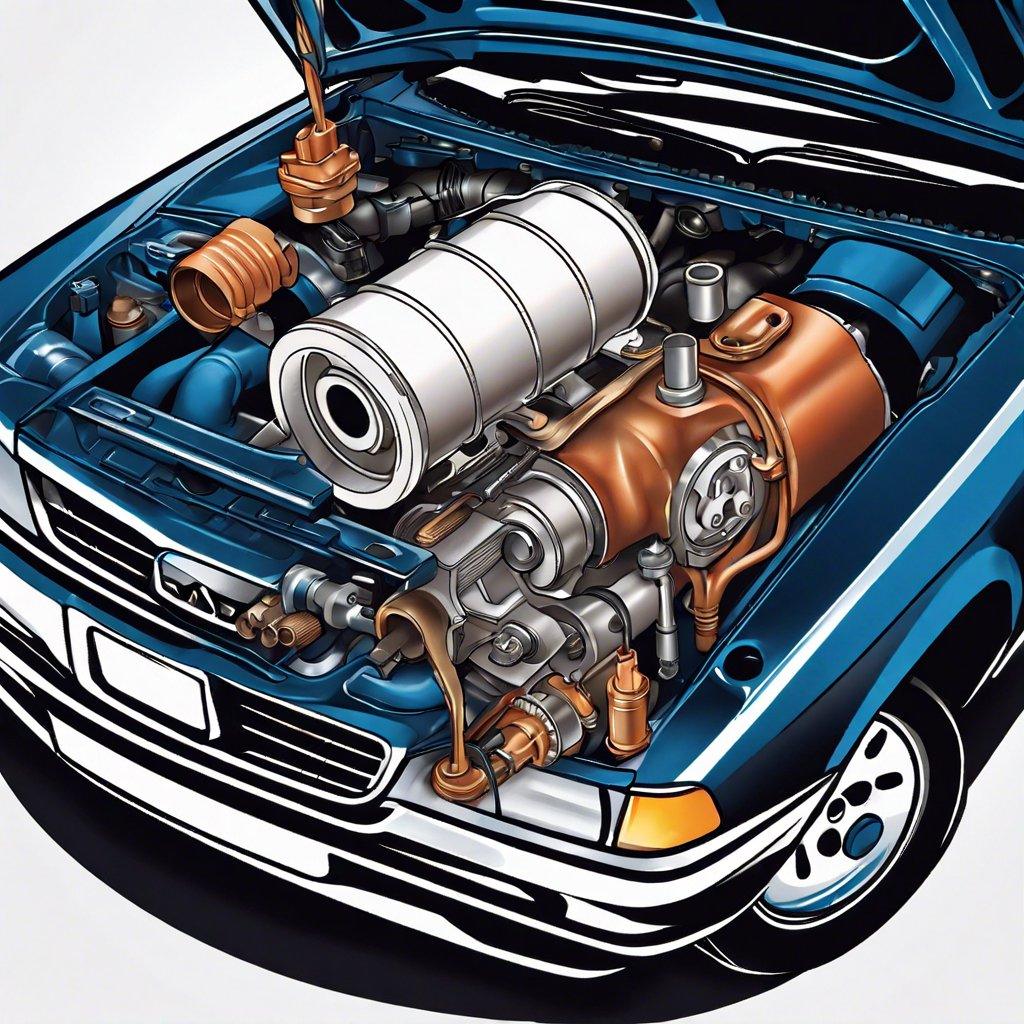
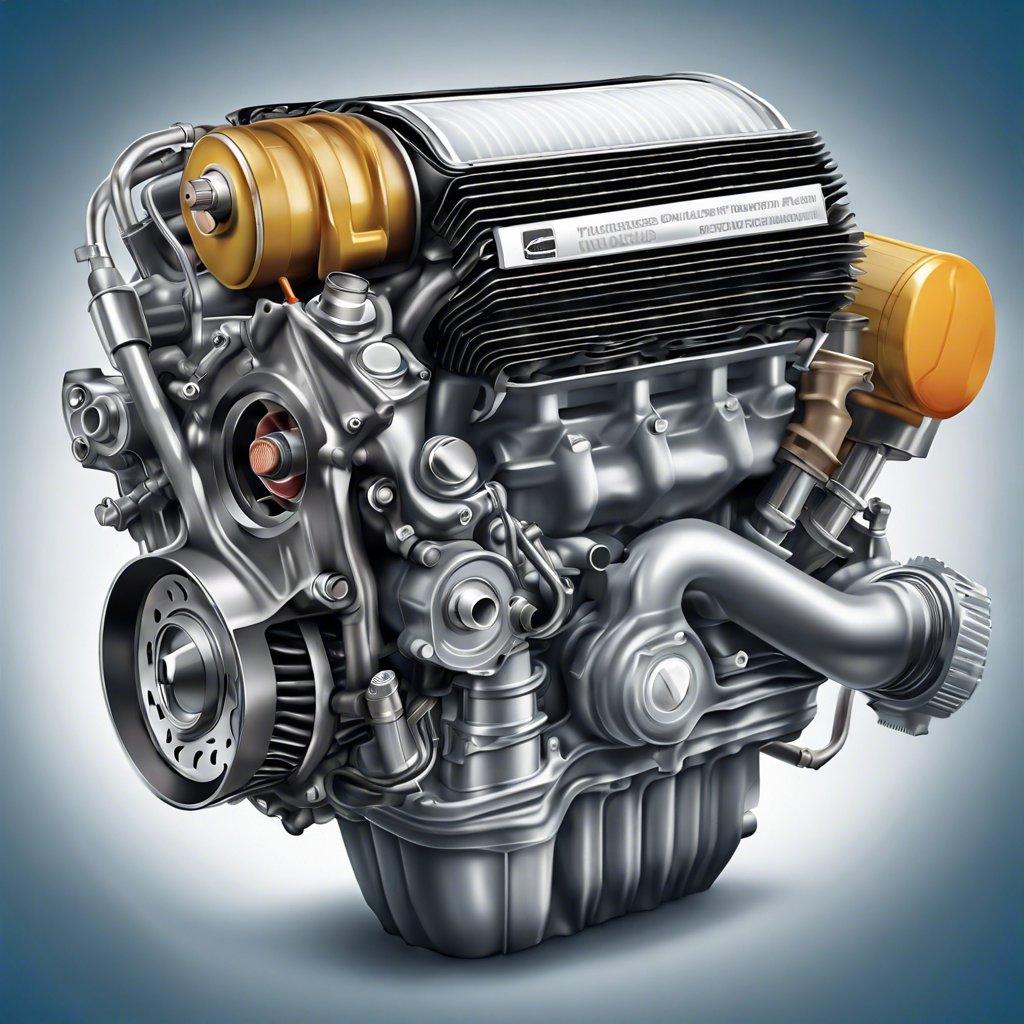
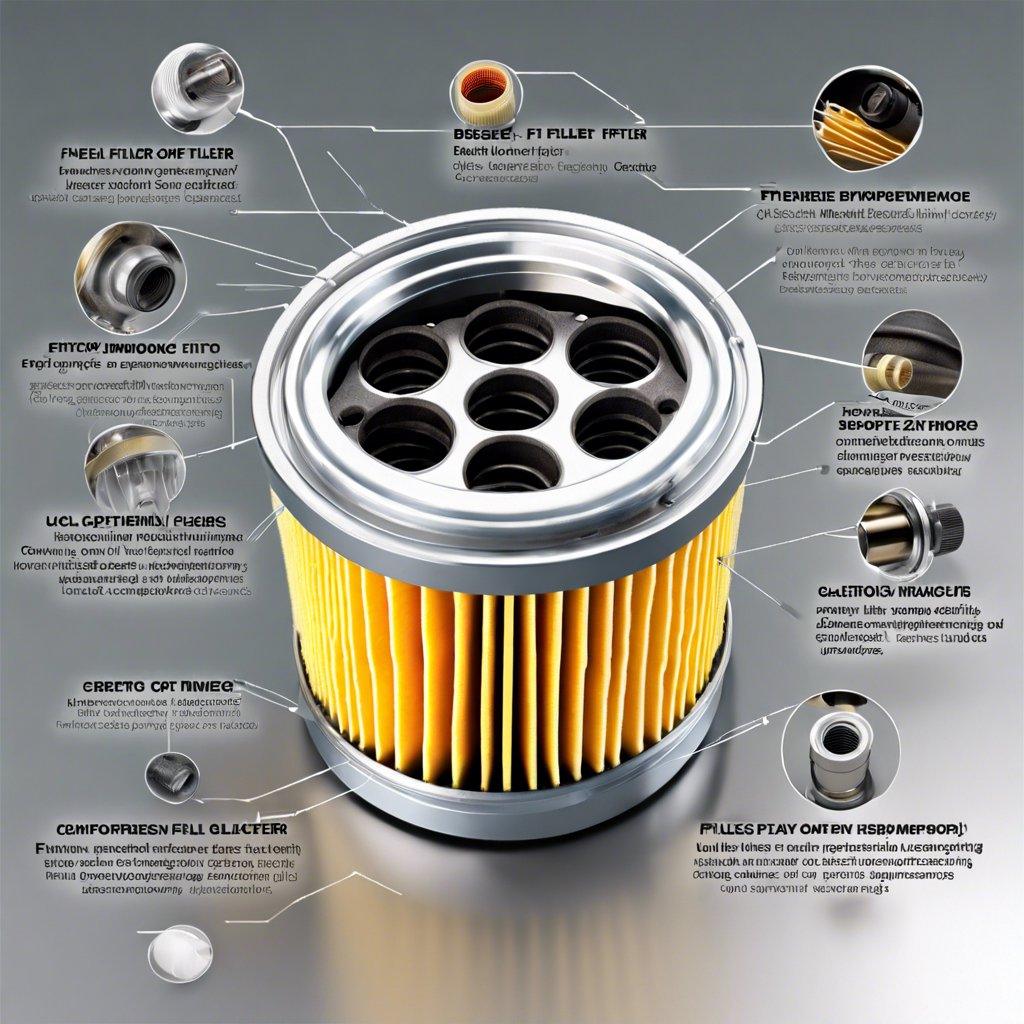
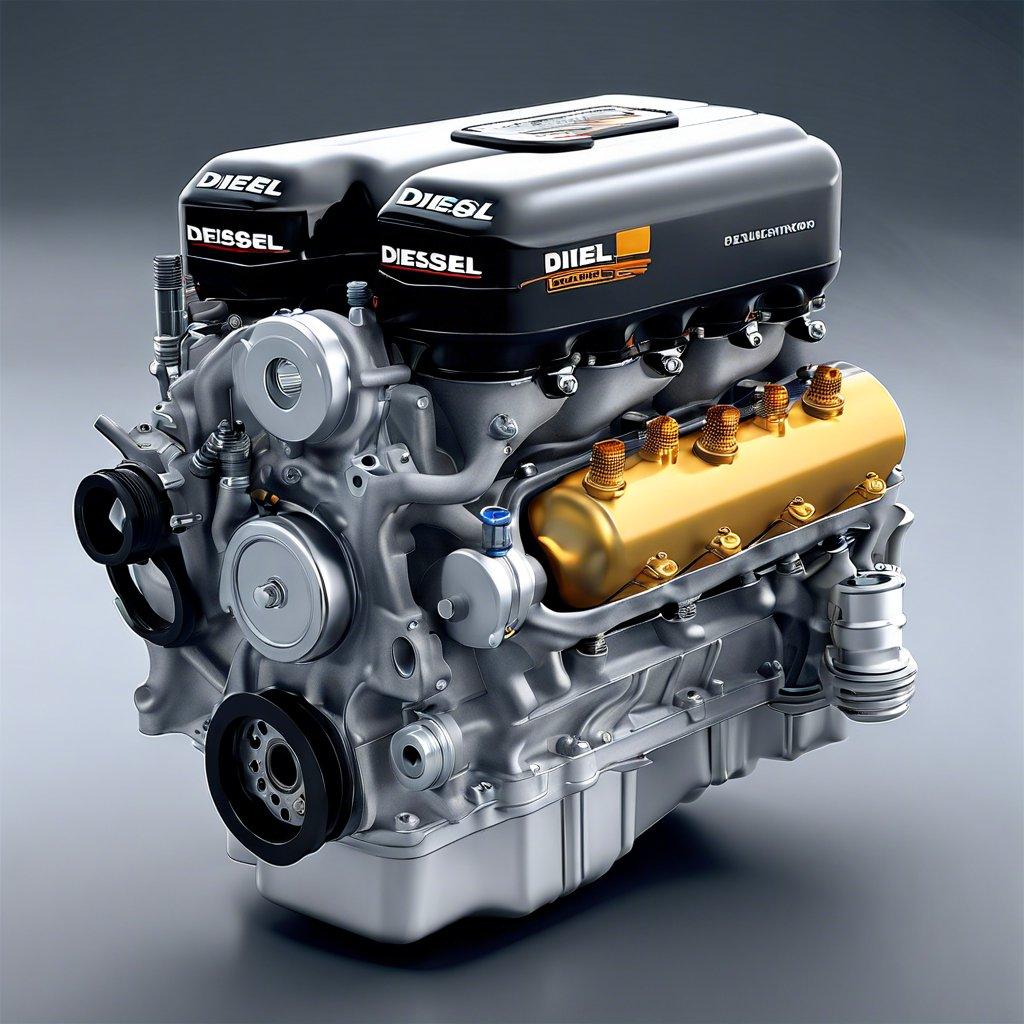
Post Comment